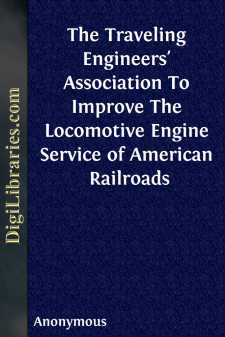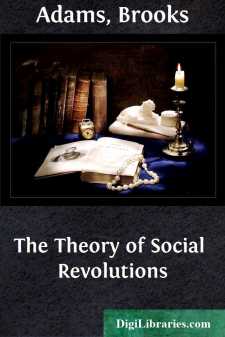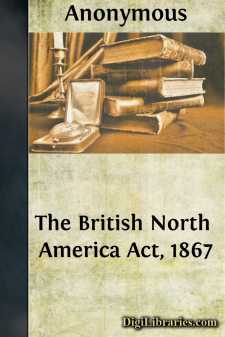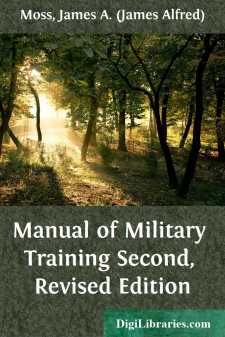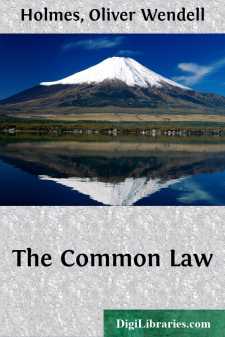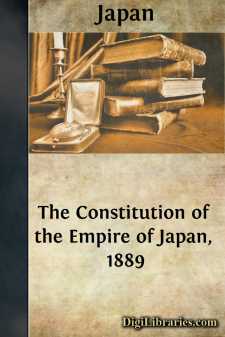Categories
- Antiques & Collectibles 13
- Architecture 36
- Art 48
- Bibles 22
- Biography & Autobiography 813
- Body, Mind & Spirit 142
- Business & Economics 28
- Children's Books 17
- Children's Fiction 14
- Computers 4
- Cooking 94
- Crafts & Hobbies 4
- Drama 346
- Education 46
- Family & Relationships 57
- Fiction 11829
- Games 19
- Gardening 17
- Health & Fitness 34
- History 1377
- House & Home 1
- Humor 147
- Juvenile Fiction 1873
- Juvenile Nonfiction 202
- Language Arts & Disciplines 88
- Law 16
- Literary Collections 686
- Literary Criticism 179
- Mathematics 13
- Medical 41
- Music 40
- Nature 179
- Non-Classifiable 1768
- Performing Arts 7
- Periodicals 1453
- Philosophy 64
- Photography 2
- Poetry 896
- Political Science 203
- Psychology 42
- Reference 154
- Religion 513
- Science 126
- Self-Help 84
- Social Science 81
- Sports & Recreation 34
- Study Aids 3
- Technology & Engineering 59
- Transportation 23
- Travel 463
- True Crime 29
The Traveling Engineers' Association To Improve The Locomotive Engine Service of American Railroads
by: Anonymous
Categories:
Description:
Excerpt
EXAMINATION QUESTIONS
FIRST SERIES
1. Q. What do you consider essential for your success in regard to the use of ?
A. I deem it essential to my success to be as economical in the use of fuel and supplies as is consistent with the work to be performed, exercising good judgment in my work, harmonious co-operation with my engineer, and showing a willingness to learn and practice the best methods in my work.
2. Q. What are the fireman's duties on arrival at enginehouse previous to going out on a locomotive?
A. He is required to examine the bulletin board, guards on water and lubricator glasses; try gauge cocks to find true water level; then examine grates, ash-pan, flues and fire-box. Put fire in proper shape; see that a proper supply of firing tools, water, coal, oil and waste are provided, that all lamps and markers are filled, cleaned and in proper condition; and to perform such other duties as may be required by the engineer to assist him in getting the engine in readiness.
3. Q. What pressure is indicated by the steam gauge? What is meant by atmospheric pressure?
A. The pressure per square inch inside of the boiler. Atmospheric pressure is the pressure represented by the density of the atmosphere in pounds per square inch, which is at sea level 14.7 pounds.
4. Q. On what principle does a steam gauge work?
A. The steam gauge pointer is actuated by a flattened or bent round tube to straighten itself under the pressure of steam against the water inside of tube. The gauge pointer receives movement from suitable mechanism connected with the tube.
5. Q. What is the source of power in a steam locomotive?
A. Heat is the source of power in all steam engines. It is necessary to have fuel and water. When fuel is burned, the water coming in contact with the hot sheets evaporates and becomes steam, which is then used in the cylinders to force the pistons back and forth.
6. Q. About what quantity of water should be evaporated in a locomotive boiler to the pound of coal?
A. From five to seven pounds of water. For example, one gallon of water weighs eight and one-third pounds, therefore 100 pounds of coal should evaporate from sixty to eighty-four gallons of water.
7. Q. What is steam, and how is it generated?
A. Steam is water in the condition of a vapor and is generated by heating the water above the boiling point.
8. Q. What is the purpose of the water gauge glass and gauge cocks?
A. To indicate the level of water in the boiler.
9. Q. What would indicate to you that the boiler connections of water gauge glasses were becoming clogged?
A. The up and down movement of the water in the glass would become slow and inactive, or it would not register correctly with the gauge cocks.
10. Q. At what temperature does water boil?
A. At atmospheric pressure, which is 14.7 pounds at sea level, water boils at 212 degrees Fahrenheit; the temperature, however, increases as the pressure under which the water is boiled increases. At 200 pounds boiler pressure the temperature would be 388 degrees Fahrenheit....


